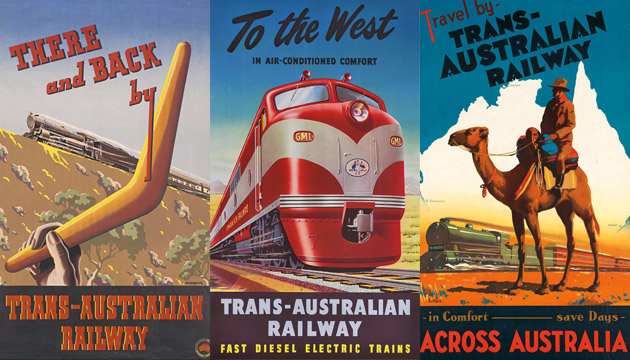It’s 100 years since the Trans Australian Railway joined Australia’s east and west in a massive, five-year nation-building project.
Story John Dunn
It’s been a long time since anyone paid much attention to Ooldea, but that’s about to change and in a big way, even if only temporarily. On October 17 this dot on the map on the edge of the Nullarbor Plain in South Australia will become the focus of much attention throughout the nation, as two metal monuments are unveiled. This event will commemorate the centenary of the completion of the Trans Australian Railway, which linked the country’s east and west.
It was at a point four kilometres west of Ooldea, at 1.45 on a warm spring afternoon in 1917, that the two groups of workers, who had begun laying the 1692km of tracks from Port Augusta, SA, and Kalgoorlie, WA, met to complete what is one of the world’s great railroads.
“This was a momentous occasion in Australia’s history,” says Bob Sampson, executive officer of the National Railway Museum in Port Adelaide, who is arranging October’s event with support from Regional Development Australia Whyalla and Eyre Peninsula. “It not only linked the east and west coasts but also provided a platform for successful negotiations to encourage Western Australia to join the Commonwealth and establish the Australian Federation.”
Until those railway gangs arrived and built a temporary camp, Ooldea was a watering hole and a meeting place for the Aboriginals of an isolated and little known area where the waves of rolling sandhills to the east met the seemingly endless expanse of limestone rock and its scattered saltbush stretching away to the west.
Back in 1917 those workers attracted nationwide interest in this tiny, lonesome spot as they completed this massive five-year project.
This story excerpt is from Issue #114
Outback Magazine: August/September 2017










